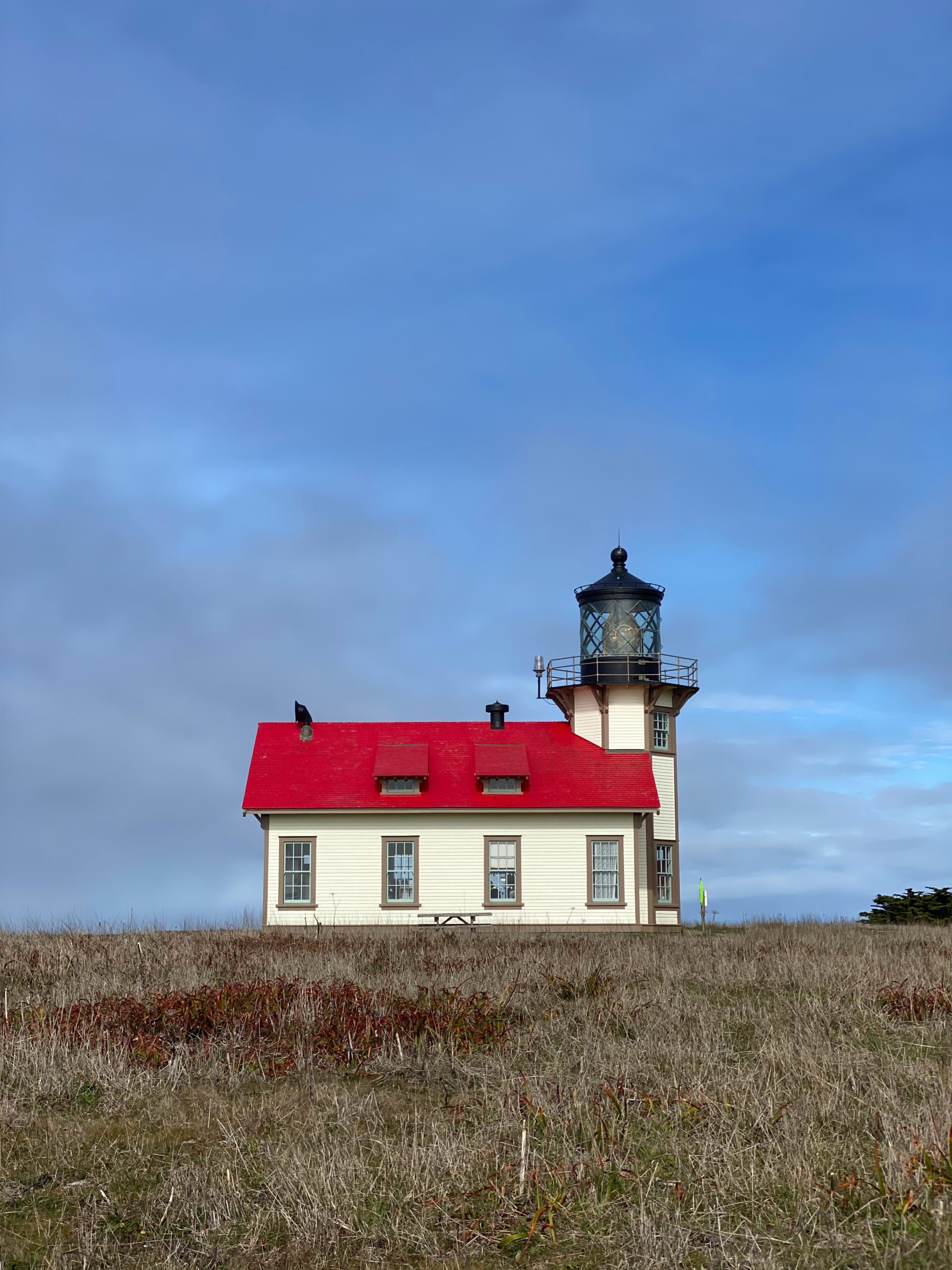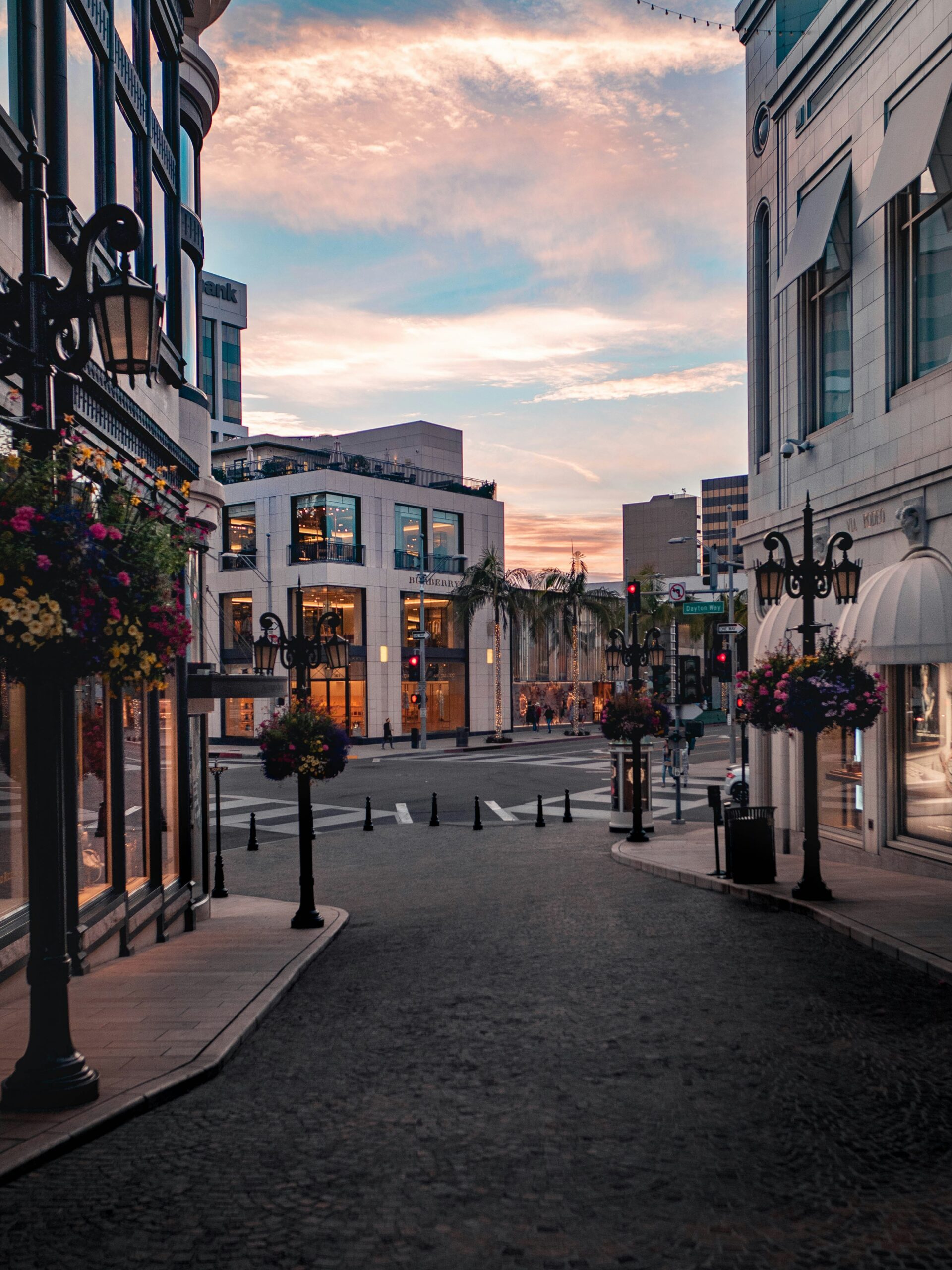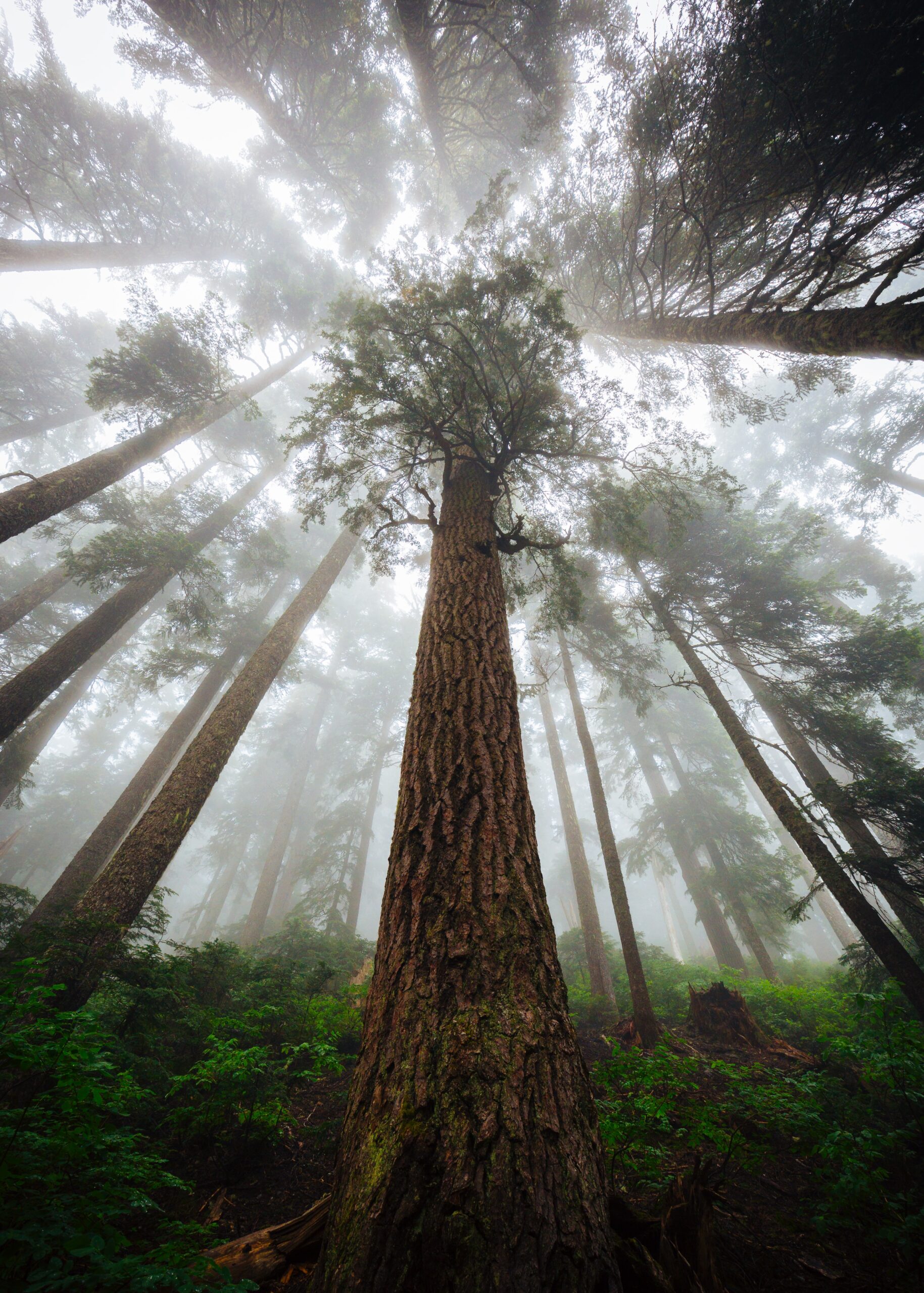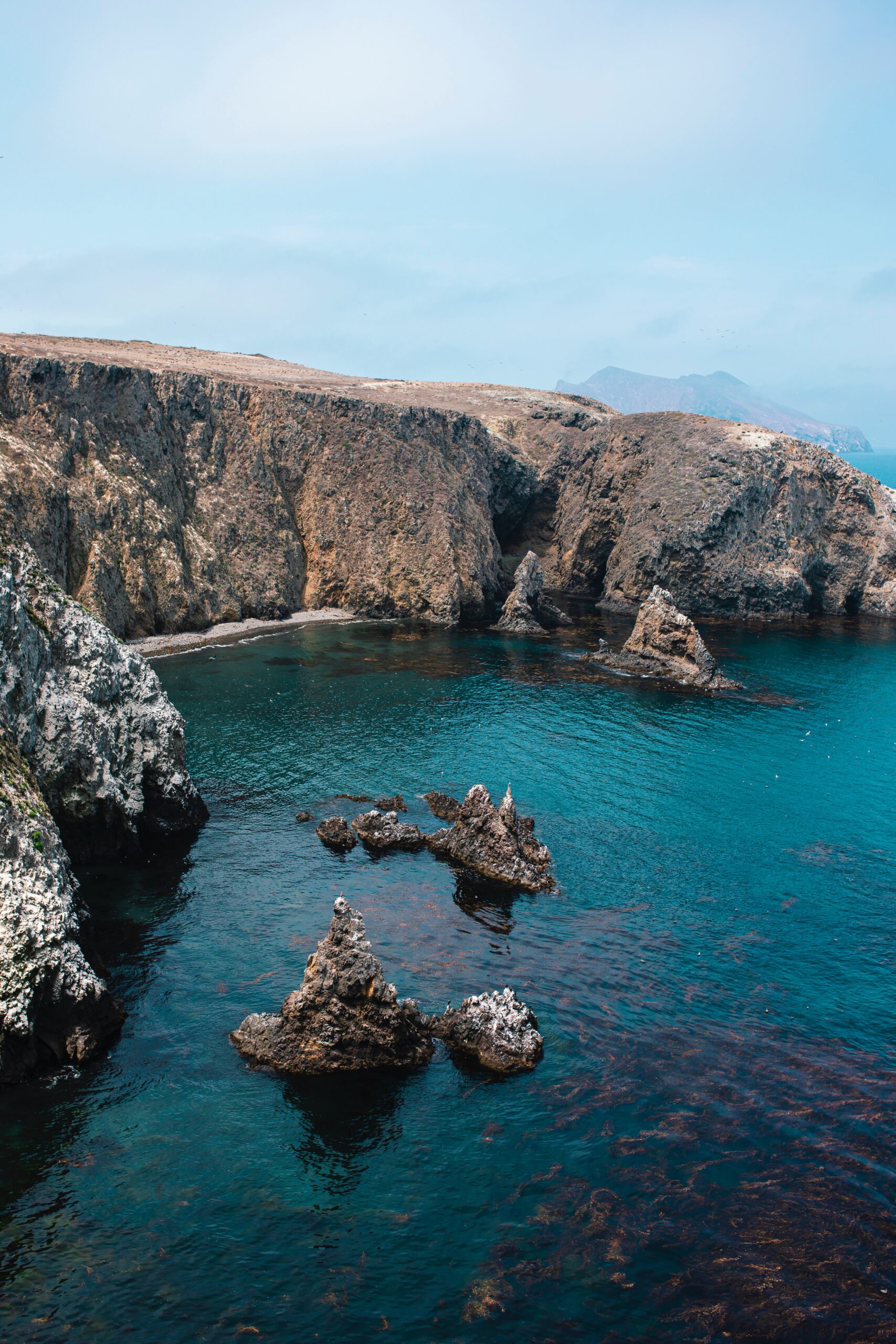Historical Landmarks in California: Exploring the State’s Rich Heritage
If you're planning a trip to California, you won't want to miss the state's many historical landmarks. From the iconic Golden Gate Bridge to the historic Hearst Castle, California is home to a wealth of sites that offer a glimpse into the state's rich history and culture.
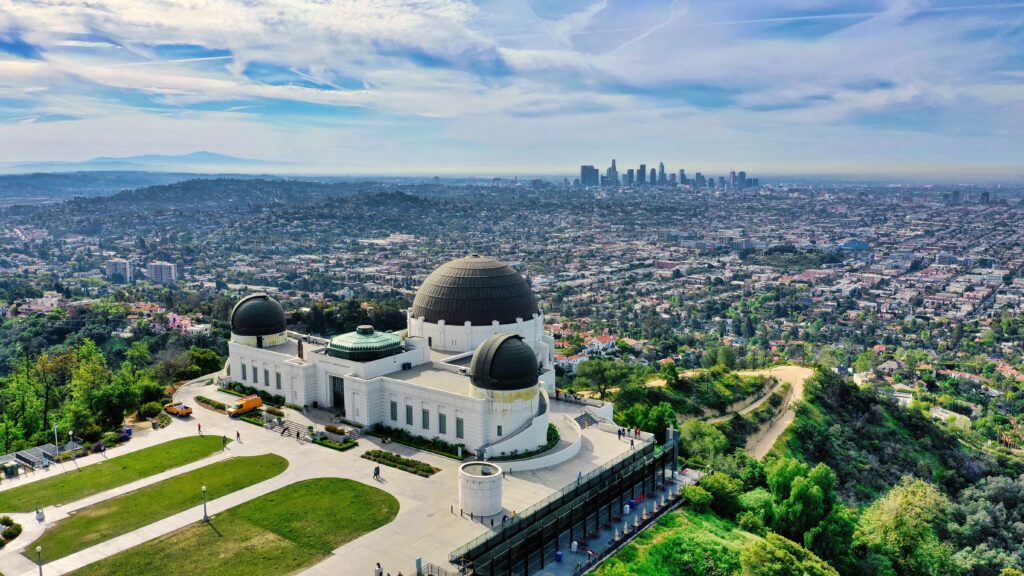
One of the most famous historical landmarks in California is the Golden Gate Bridge, which spans the Golden Gate strait and connects San Francisco to Marin County. Completed in 1937, the bridge is an engineering marvel and a beloved symbol of the city. Visitors can walk or bike across the bridge, or simply take in the stunning views from one of the many lookout points.
Another must-see landmark is Hearst Castle, the opulent estate of newspaper magnate William Randolph Hearst. Located in San Simeon, the castle features 165 rooms filled with art, antiques, and other treasures from around the world. Visitors can take guided tours of the property, which includes gardens, pools, and a private zoo. Whether you're a history buff or simply appreciate beautiful architecture and design, these historical landmarks in California are sure to inspire and delight.
Historical Landmarks in California: Exploring the State's Rich Heritage
The Significance of California's Historical Landmarks
California is a state that is rich in history and heritage. There are many historical landmarks in California that are significant to the state's history. These landmarks are designated as California Historical Landmarks by the State of California. In this section, we will discuss the significance of California's historical landmarks.
Defining California Historical Landmarks
California Historical Landmarks are buildings, structures, sites, or places that have been determined to have statewide historical significance by meeting at least one of the criteria listed by the State of California. These criteria include being associated with events that have made a significant contribution to the broad patterns of California's history, being associated with the lives of persons important in California history, embodying distinctive characteristics of a type, period, region or method of construction, or representing the work of a master, or possessing high artistic values, or representing a significant and distinguishable entity whose components may lack individual distinction.
The Role of the National Park Service
The National Park Service is a federal agency that is responsible for the preservation and protection of historical landmarks in the United States. The National Park Service plays an important role in preserving California's historical landmarks. The National Park Service works closely with the State of California to ensure that these landmarks are preserved for future generations.
In conclusion, California's historical landmarks are an important part of the state's heritage. They provide a glimpse into the state's rich history and culture. The State of California and the National Park Service are working hard to ensure that these landmarks are preserved for future generations.
Famous Landmarks by Region
California is home to many historical landmarks that are worth visiting. These landmarks are spread all over the state, and each region has its own unique set of treasures to offer. In this section, we will look at some of the most famous landmarks in Northern and Southern California.
Northern California Treasures
Northern California is home to some of the most iconic landmarks in the state. San Francisco, the city by the bay, is home to the Golden Gate Bridge, which is one of the most recognizable landmarks in the world. This suspension bridge spans 1.7 miles and connects San Francisco to Marin County. Another famous landmark in San Francisco is Alcatraz Island, which was once a federal prison and is now a popular tourist attraction.
Moving north, we come to Santa Cruz, which is home to the Santa Cruz Beach Boardwalk. This historic amusement park has been entertaining visitors since 1907 and is home to the Giant Dipper, one of the oldest wooden roller coasters in the world.
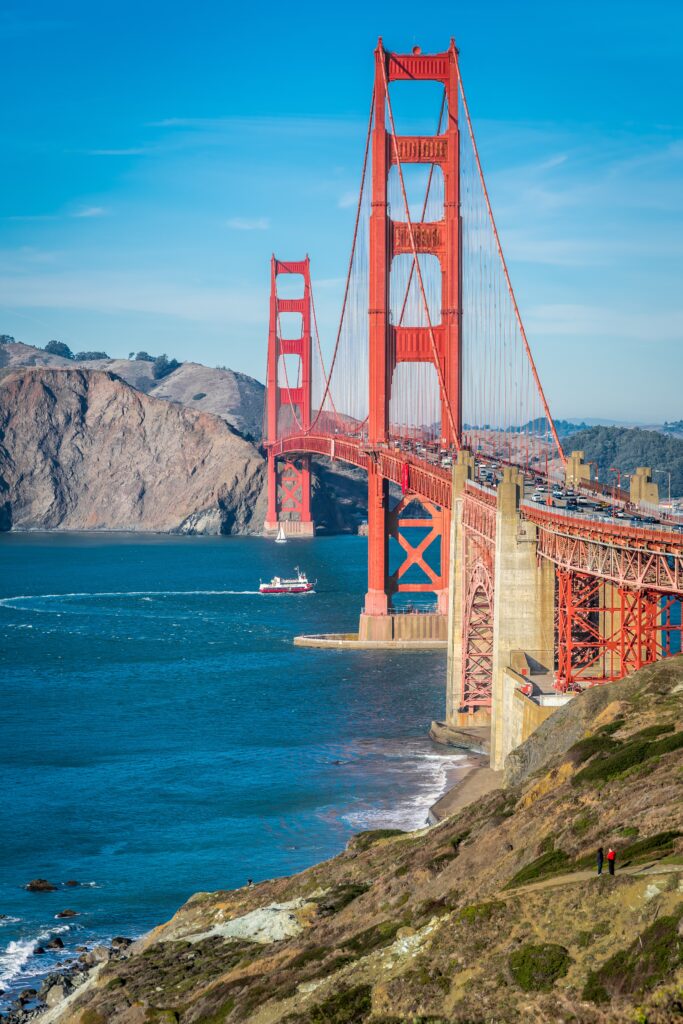
Southern California's Heritage Sites
Southern California is home to a wealth of heritage sites that are worth exploring. Los Angeles is home to the Hollywood Sign, which is one of the most famous landmarks in the world. This iconic sign was first erected in 1923 and has since become a symbol of the entertainment industry.
San Diego, on the other hand, is home to the USS Midway Museum, which is a floating museum that is housed in the decommissioned USS Midway aircraft carrier. This museum offers visitors a chance to explore the ship and learn about its history.
These are just a few of the many historical landmarks that can be found in Northern and Southern California. Whether you are interested in history, architecture, or just want to see some of the most iconic landmarks in the world, California has something to offer everyone.

Architectural Marvels and Design
California is home to some of the world's most iconic buildings and architectural marvels. From the Golden Gate Bridge to the Walt Disney Concert Hall, these structures are not only functional but also works of art that have shaped the state's skyline. In this section, we will take a closer look at the influential designers and architects who have left their mark on California's architectural landscape, as well as the diverse styles that have emerged over the years.
Influential Designers and Architects
One of the most notable architects in California's history is Julia Morgan. She was a pioneer architect and master builder who designed over 700 buildings, many of which are still standing today. Her most famous work is the Hearst Castle, a sprawling estate that was built for newspaper magnate William Randolph Hearst. Morgan's work helped shape the architectural movement in California and paved the way for future generations of architects.
Another influential designer is Frank Gehry, who designed the iconic Walt Disney Concert Hall in Los Angeles. The building's unique design, which features curved stainless steel panels, has become a symbol of the city's cultural scene. Gehry's work is known for its bold and unconventional designs, and he has been recognized with numerous awards, including the Pritzker Architecture Prize.
Diverse Architectural Styles
California's architectural landscape is as diverse as its population. From Spanish Colonial Revival to Art Deco, there are many different styles that have emerged over the years. The Spanish Colonial Revival style, which emerged in the early 20th century, is characterized by its red tile roofs, stucco walls, and wrought iron details. This style was popularized by architects such as George Washington Smith and Bertram Goodhue, and can be seen in buildings such as the Santa Barbara Courthouse.
Another popular style is Art Deco, which emerged in the 1920s and 1930s. This style is characterized by its geometric shapes, bold colors, and streamlined forms. Some of the most famous Art Deco buildings in California include the Eastern Columbia Building in Los Angeles and the Oakland Paramount Theatre.
In conclusion, California's architectural landscape is as diverse as its people. From the works of Julia Morgan to the bold designs of Frank Gehry, there are many different styles and influences that have shaped the state's skyline. Whether you're interested in history, design, or construction, there is something for everyone to appreciate in California's architectural marvels.
Historic Districts and Structures
California is home to numerous historic districts and structures that are worth exploring. Some of the most notable landmarks in the state include National Historic Landmarks, the California State Capitol, and Government Buildings.
National Historic Landmarks
California has more than 140 National Historic Landmarks, each with its own unique history and significance. These landmarks include Alcatraz Island in San Francisco Bay, Hearst Castle in San Simeon, and the Old Custom House in Monterey. These landmarks are recognized by the federal government for their exceptional value or quality in illustrating or interpreting the heritage of the United States.
California State Capitol and Government Buildings
The California State Capitol and Government Buildings are located in Sacramento and are a must-visit for history buffs. The California State Capitol is a neoclassical building that houses the offices of the Governor and the Legislature. Visitors can take a guided tour of the building and learn about the history of California and its government.
Other notable government buildings include the California Supreme Court Building and the Ronald Reagan State Building. The California Supreme Court Building is a beautiful example of Art Deco architecture, while the Ronald Reagan State Building is a modernist building that houses various state agencies.
Whether you're interested in exploring historic districts or learning about California's government, there are plenty of landmarks to visit in the state. Take a tour of the California State Capitol, visit a National Historic Landmark, or explore one of California's many historic districts to get a glimpse into the state's rich history.
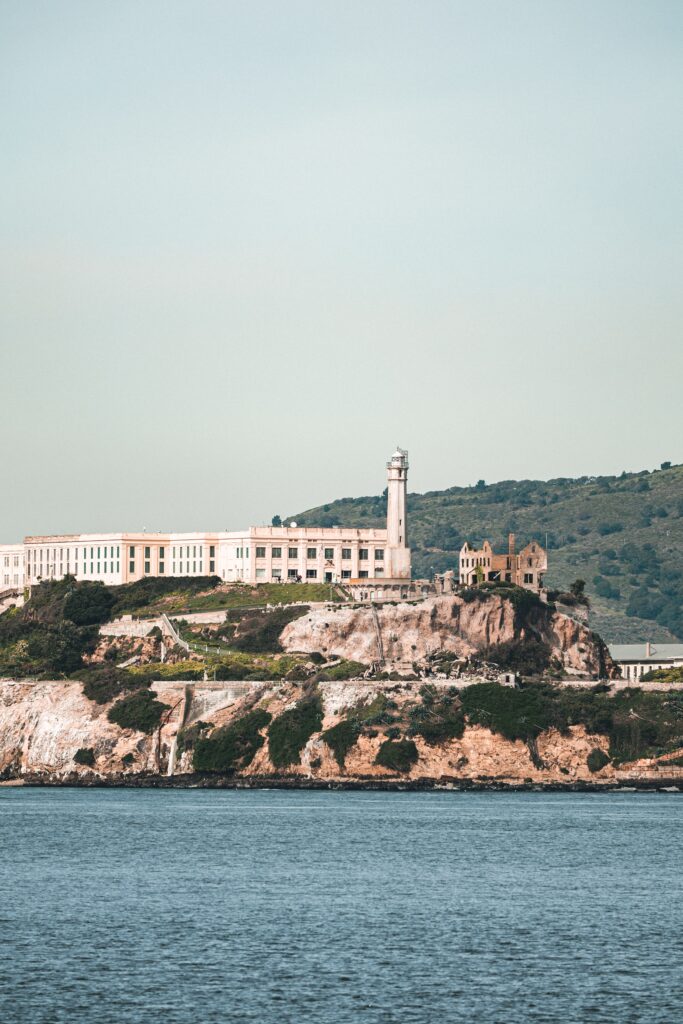
Cultural and Historical Periods
California has a rich cultural and historical heritage. The state has been home to various peoples and cultures over the centuries, each leaving its mark on the land. California's history can be divided into several periods, each with its own distinct characteristics and influences.
The Spanish Influence
The Spanish arrived in California in the late 18th century and established a series of missions along the coast. These missions were intended to convert the native population to Christianity and to establish Spanish presence in the region. The missions were also centers of agriculture, with the Spanish introducing new crops to the area. The missions had a significant impact on the culture and economy of California, and many of them still stand today as historical landmarks.
The Impact of the Gold Rush
The discovery of gold in California in 1848 had a profound impact on the state. Tens of thousands of people flocked to California in search of gold, creating a boom in the state's economy. The Gold Rush also had a significant impact on the culture of California, with the state becoming known for its rugged individualism and entrepreneurial spirit.
World War II and California
California played a significant role in World War II, with the state serving as a major center for military production and training. The state's ports and airfields were critical to the war effort, and many Californians served in the military. The war also had a significant impact on the state's economy, with many industries shifting to wartime production.
Overall, California's cultural and historical heritage is diverse and rich. From the Spanish influence to the Gold Rush to World War II, the state has been shaped by a variety of factors and influences. Whether you are interested in history, culture, or simply exploring new places, California's historical landmarks offer a fascinating glimpse into the state's past.
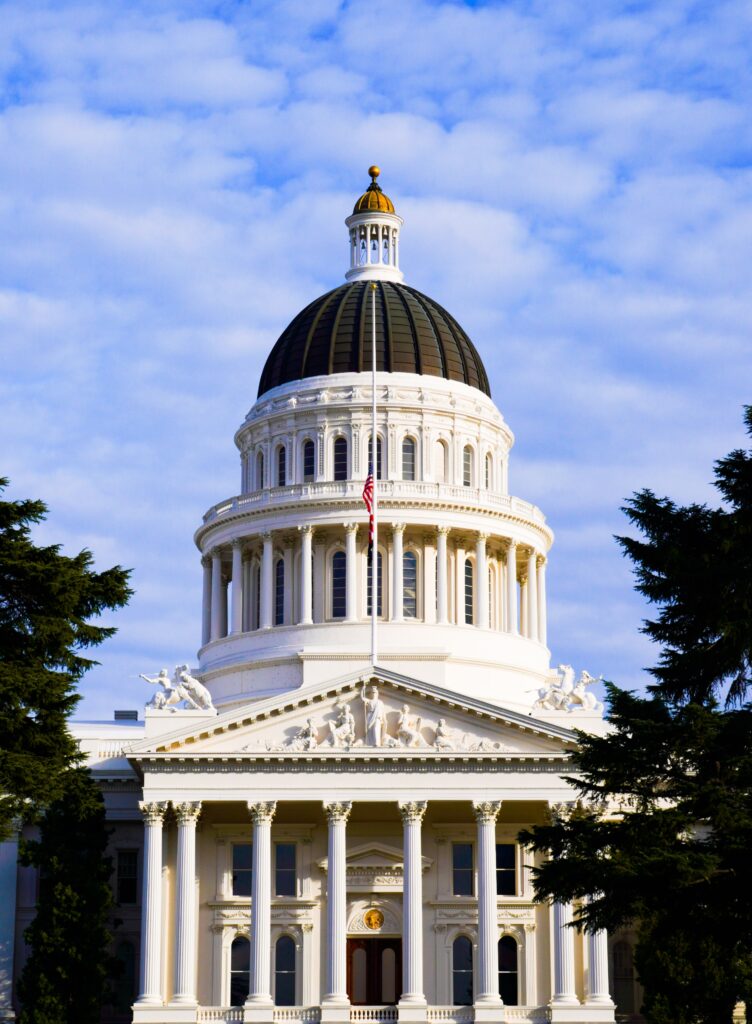
Related Posts:
- Family Friendly Gold Mining in California: A Fun and Safe Adventure for All Ages
- California Gold Mine: A Historical and Economic Overview
Natural Landmarks and Parks
California is home to some of the most beautiful natural landmarks and parks in the United States. From the majestic mountains of the Sierra Nevada to the stunning lakes and coastal landmarks, there is something for everyone to enjoy. In this section, we will explore some of California's most beloved natural landmarks and parks.
Yosemite and the Sierra Nevada
Yosemite National Park is a must-see destination for anyone visiting California. This stunning park is home to some of the most breathtaking natural landmarks in the world, including Half Dome, El Capitan, and Yosemite Falls. The park spans over 1,200 square miles and offers visitors a wide range of activities, including hiking, camping, rock climbing, and more.
The Sierra Nevada mountain range is another popular destination for nature lovers. This range is home to some of the highest peaks in the United States, including Mount Whitney, which stands at over 14,000 feet tall. The Sierra Nevada also offers visitors a chance to explore stunning alpine lakes, meadows, and forests.
Lakes and Coastal Landmarks
California's lakes and coastal landmarks are equally as stunning as its mountains. Lake Tahoe, located in the Sierra Nevada, is one of the most popular destinations in California. The lake is known for its crystal-clear waters and stunning mountain views. Visitors can enjoy a wide range of activities, including swimming, boating, and hiking.
The Marin Headlands, located just north of San Francisco, offer visitors a chance to explore stunning coastal landmarks. The headlands are home to a wide range of wildlife, including seals, sea lions, and whales. Visitors can also enjoy hiking, biking, and camping in the area.
Napa Valley is another popular destination for nature lovers. The valley is known for its stunning vineyards and rolling hills. Visitors can enjoy a wide range of activities, including wine tasting, hiking, and hot air balloon rides.
In conclusion, California is home to some of the most beautiful natural landmarks and parks in the world. Whether you're looking to explore the mountains, lakes, or coastal landmarks, there is something for everyone to enjoy.
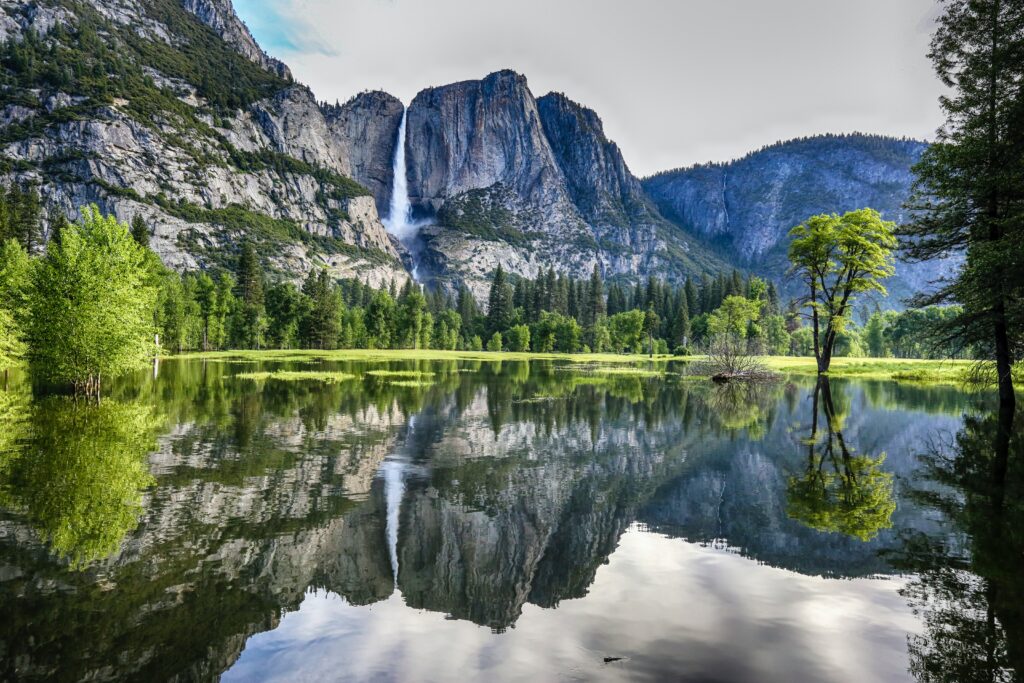
Related Posts:
Landmarks of Innovation and Progress
California is known for its innovative spirit and progressive mindset, and this is reflected in its many historical landmarks. From technological and industrial sites to monuments of transportation, California's landmarks of innovation and progress are a testament to the state's pioneering spirit.
Technological and Industrial Sites
California has been at the forefront of technological innovation for decades, and many of its landmarks reflect this. The Golden Gate Bridge is a prime example of this, as it was the world's longest suspension bridge when it was completed in 1937. Today, it remains an engineering marvel and a symbol of San Francisco.
Another landmark of technological innovation is Balboa Park in San Diego. The park was the site of the 1915 Panama-California Exposition, which showcased the latest in technology and industry. Today, the park is home to numerous museums and cultural institutions that continue to celebrate innovation and progress.
Monuments of Transportation
California has always been a hub of transportation, and its landmarks reflect this. The roller coaster is a classic example of this, as it was invented in California in the early 1900s. Today, the roller coaster remains a beloved symbol of California's adventurous spirit.
Another monument of transportation is the Transcontinental Railroad, which connected California to the rest of the country in 1869. Today, the railroad is celebrated as a symbol of progress and innovation, and its impact on California's history cannot be overstated.
Whether you're a history buff or simply interested in California's innovative spirit, these landmarks of innovation and progress are a must-see. So why not plan a trip to California today and experience these incredible landmarks for yourself?
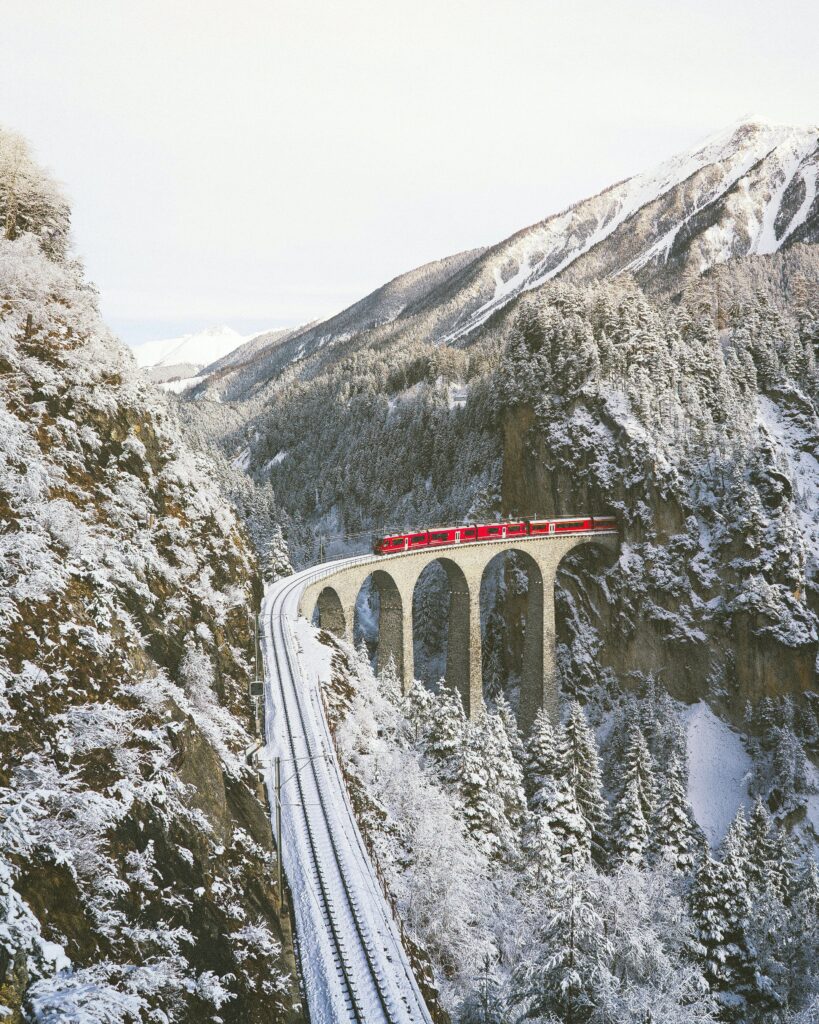
Preservation and Conservation Efforts
Preserving and conserving historical landmarks in California is a top priority for the state. There are several programs and efforts in place to ensure that these landmarks are protected for future generations to enjoy.
California Register of Historical Resources
The California Register of Historical Resources is a list of buildings, sites, and districts that have been deemed historically significant by the state. This register is maintained by the California Office of Historic Preservation (OHP) and serves as a tool for identifying and protecting important historical resources.
If a property is listed on the California Register of Historical Resources, it is eligible for certain benefits and protections. For example, property owners may be eligible for tax incentives or grants to help fund preservation efforts. Additionally, any alterations or changes to the property must be reviewed and approved by the OHP to ensure that the historical integrity of the property is maintained.
Community Involvement and Heritage Protection
Community involvement is critical to the preservation and conservation of historical landmarks in California. The state encourages local communities to get involved in the protection of their heritage by providing resources and support.
One way that communities can get involved is by nominating properties for inclusion on the California Register of Historical Resources. The OHP provides guidance and assistance to communities throughout the nomination process.
Another way that communities can get involved is by participating in the California Historical Landmark (CHL) program. CHLs are buildings, structures, sites, or places that have been determined to have statewide historical significance. Communities can nominate properties for inclusion in the program and can also work to maintain and protect existing CHLs.
Overall, the preservation and conservation of historical landmarks in California is a collaborative effort between the state, property owners, and local communities. By working together, we can ensure that these important resources are protected for future generations to enjoy.
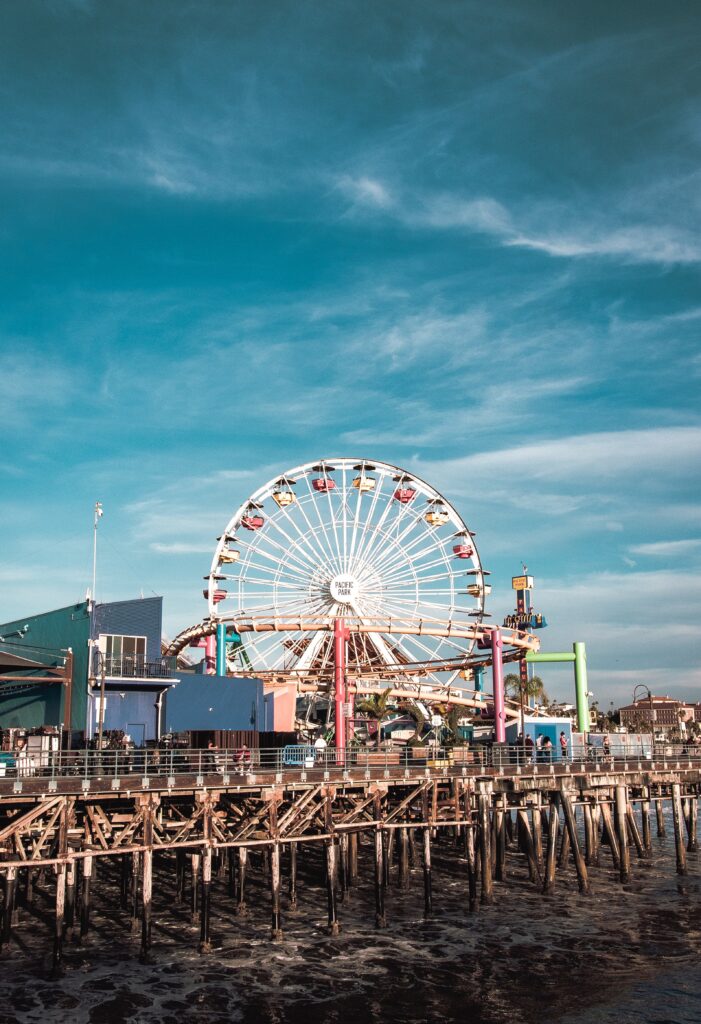
Exploring Landmarks by County
California is a state rich in history, and exploring its landmarks is a great way to learn about its past. Each county in California has its own unique landmarks to explore, providing a diverse range of historical sites to visit.
Notable Landmarks in Diverse Counties
Contra Costa County
Contra Costa County is home to several historical landmarks, including the John Muir National Historic Site. This site is dedicated to the life and work of John Muir, a famous naturalist and conservationist. The site includes Muir's home, a visitor center, and several hiking trails. Another notable landmark in Contra Costa County is the Martinez Adobe, a historic home built in 1849.
Fresno County
Fresno County is home to several important landmarks, including the Kearney Mansion Museum. This museum is housed in a historic mansion built in 1903 and features exhibits on the history of Fresno County. Another notable landmark in Fresno County is the Fresno Water Tower, a historic water tower built in 1894 that now serves as a museum.
Mendocino County
Mendocino County is home to several beautiful landmarks, including the Point Cabrillo Light Station. This lighthouse was built in 1909 and is now a museum and visitor center. Another notable landmark in Mendocino County is the Kelley House Museum, a historic home built in 1861 that now serves as a museum of local history.
Monterey County
Monterey County is home to several important landmarks, including the Carmel Mission Basilica. This mission was founded in 1771 and is one of the most beautiful and well-preserved missions in California. Another notable landmark in Monterey County is the Point Sur Lighthouse, a historic lighthouse built in 1889 that now serves as a museum.
Riverside County
Riverside County is home to several important landmarks, including the Mission Inn Hotel & Spa. This historic hotel was built in 1902 and has hosted several famous guests over the years, including several U.S. presidents. Another notable landmark in Riverside County is the Cabazon Dinosaurs, a roadside attraction featuring two giant dinosaur sculptures.
Ventura County
Ventura County is home to several beautiful landmarks, including the Olivas Adobe Historic Park. This park features several historic buildings, including the Olivas Adobe, a historic home built in 1847. Another notable landmark in Ventura County is the Ronald Reagan Presidential Library and Museum, which features exhibits on the life and presidency of Ronald Reagan.
Exploring California's historical landmarks by county is a great way to learn about the state's rich history. Whether you're interested in natural history, architecture, or local culture, there's a landmark in California that's sure to capture your interest.
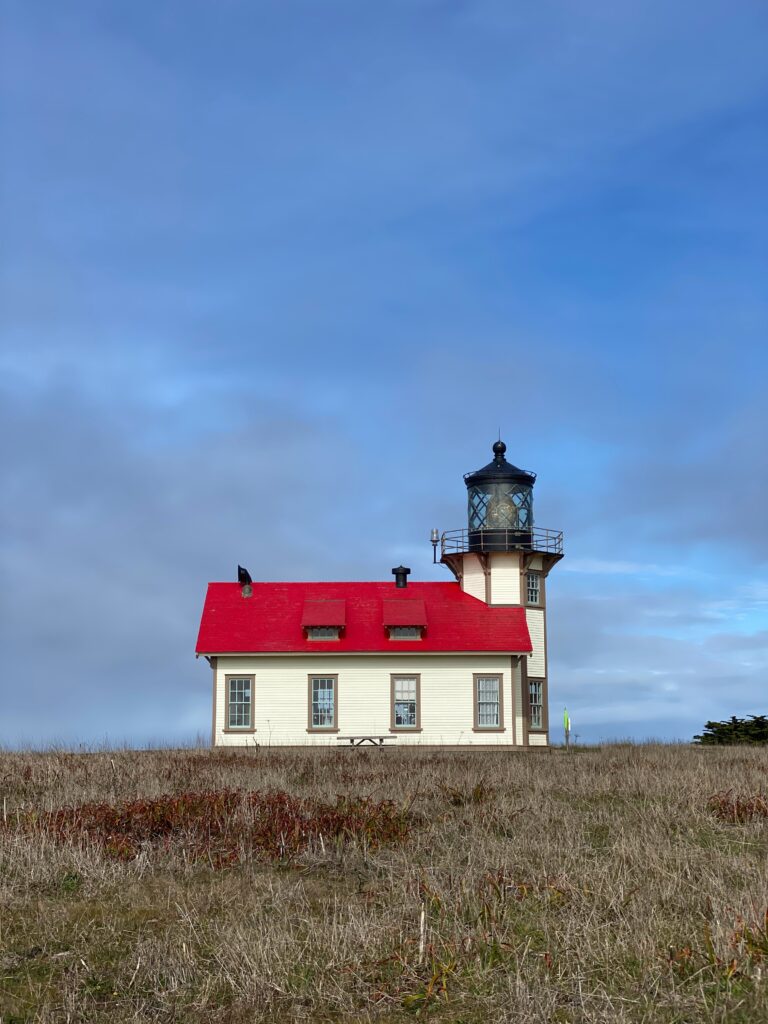
Related Post:
Landmarks as Educational Resources
When you visit California's Historical Landmarks, you are not only experiencing the state's rich history, but also learning from it. These landmarks provide a unique opportunity to delve into the past and gain a deeper understanding of the events and people that have had a profound influence on the state and the country.
Learning from the Past
California's Historical Landmarks offer a wealth of information about the state's history. From the missions established by Spanish explorers to the gold rush that brought thousands of people to the state, these landmarks provide a window into the past that is both educational and fascinating.
One of the best ways to learn about California's history is by visiting the landmarks themselves. Many of them have interpretive displays that provide information about the historical significance of the site. Some even offer guided tours that allow you to explore the site and learn more about its history.
In addition to visiting the landmarks, you can also learn from them by doing research. Many of the landmarks have extensive historical documentation available online or in libraries. By delving into these resources, you can gain a deeper understanding of the individual or group associated with the landmark and the impact they had on California's history.
Whether you are a student, a history buff, or simply someone who wants to learn more about California's past, the state's Historical Landmarks offer a unique and educational experience. So why not plan a visit today and discover all that these landmarks have to offer?
Frequently Asked Questions
What are some must-visit historical landmarks in Southern California?
Southern California is home to many must-visit historical landmarks, such as the Hollywood Walk of Fame, the Mission San Juan Capistrano, and the Griffith Observatory. Each of these landmarks has played a significant role in shaping the history and culture of California.
Can you list notable historical landmarks in the USA that are also in California?
Yes, California is home to many notable historical landmarks that are also recognized by the National Register of Historic Places. Some of these landmarks include the Golden Gate Bridge, Alcatraz Island, and the Hearst Castle.
Where can I find a comprehensive guide or book on California Historical Landmarks?
If you are interested in learning more about California Historical Landmarks, you can find a comprehensive guide or book at your local library or bookstore. Additionally, the California State Parks website provides a searchable database of all California Historical Landmarks.
Which landmarks in California are recognized by the National Register of Historic Places?
There are many landmarks in California that are recognized by the National Register of Historic Places, including the San Francisco Cable Cars, the Watts Towers, and the Santa Barbara County Courthouse. These landmarks have been recognized for their historical, cultural, and architectural significance.
How many historical landmarks are there in major cities like Los Angeles?
There are many historical landmarks in major cities like Los Angeles, with over 1,200 designated landmarks in the city alone. Some of the most notable landmarks in Los Angeles include the Griffith Observatory, the Hollywood Sign, and the Walt Disney Concert Hall.
What are some of the top-rated landmarks to visit in California?
Some of the top-rated landmarks to visit in California include the Golden Gate Bridge, the Hearst Castle, and the Yosemite National Park. These landmarks offer visitors a unique glimpse into the history and culture of California, and are a must-visit for anyone interested in exploring the state's rich heritage.

